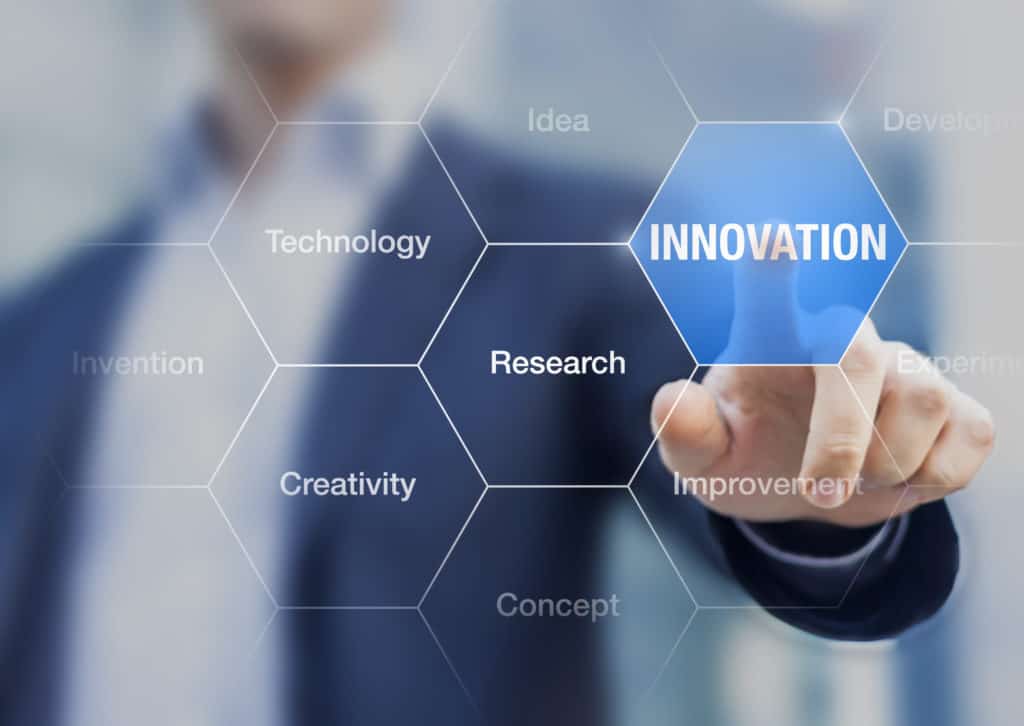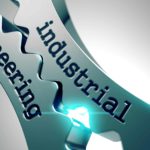 Bloomberg recently released its 2018 Innovation Index on the most innovative countries in the world. The United States dropped out of the top 10 for the first time in the index’s six-year history. A deeper dive into the index’s metrics highlight that the U.S. has fallen behind on key measures such as R&D (research and development) investment as a percentage of GDP (gross domestic product), manufacturing value-added as a percentage of GDP and per capita, and, most importantly, a measure the index called “tertiary efficiency,” which is a measure of the share of the labor force with an advanced degree and annual new science and engineering graduates as a percentage of total graduates and as a percentage of the labor force. In sum, we’re not investing enough in innovation, and we’re not investing enough in innovators. While the U.S. still leads the world in patents, journal publications, and various other innovation metrics on an absolute basis, we’ve fallen behind on many of these measures on a per-person basis. So what can be done about this?
Bloomberg recently released its 2018 Innovation Index on the most innovative countries in the world. The United States dropped out of the top 10 for the first time in the index’s six-year history. A deeper dive into the index’s metrics highlight that the U.S. has fallen behind on key measures such as R&D (research and development) investment as a percentage of GDP (gross domestic product), manufacturing value-added as a percentage of GDP and per capita, and, most importantly, a measure the index called “tertiary efficiency,” which is a measure of the share of the labor force with an advanced degree and annual new science and engineering graduates as a percentage of total graduates and as a percentage of the labor force. In sum, we’re not investing enough in innovation, and we’re not investing enough in innovators. While the U.S. still leads the world in patents, journal publications, and various other innovation metrics on an absolute basis, we’ve fallen behind on many of these measures on a per-person basis. So what can be done about this?
From a non-partisan perspective, the new tax code will incentivize companies to invest in R&D with their ability to fully expense investments immediately. Furthermore, the new tax law incentivizes companies to repatriate significant amounts of cash, in which case at least some of that cash will be used for R&D and new product development. This will create the top-down demand the U.S. has been missing for many years. But, what about the bottom-up creation of a new labor supply of innovators to satisfy the top-down demand from industry? We have to educate more innovators to supply this new wave of R&D investment if we are to compete on the global stage on innovation, and we should strive not only to compete but also to be the most innovative country in the world.
The Boston Consulting Group recently released a report on the most innovative companies in the world. The results indicate that the companies that have invested the most in digital transformation are the companies that are thriving the most. Said differently, the companies that are investing most in technology that solves people’s problems, creates efficiencies in people’s lives, and improves society’s quality of life are the companies that are differentiating themselves from their peers. The top companies on this list include a number of household names such as Apple, Google, Microsoft, Amazon, Samsung, Tesla, Facebook, IBM and Uber, just to name a few. Each of these companies has innovated in ways that make our lives easier or more efficient in some way. Take Uber, for example. They have created a consumer-centric market to connect those seeking transportation with those who can supply transportation services. AirBnB accomplishes the same thing in the hospitality market. These markets weren’t as efficient before, and the innovators who started these companies saw an opportunity to create more efficient markets through innovation in these domains.
So what’s to be done to improve on our country’s innovation? As previously mentioned, the government has acted in ways that will open the floodgates on innovation and corporate investment in R&D. It is in our best interest to create more innovators and STEM practitioners. For many decades, the vast majority of job growth and, more importantly, wage growth has been in STEM fields, and this trend will no doubt continue for many decades to come. It is in our country’s best interest and our youth’s best interest to pursue these fields. The education required to obtain these jobs is not easy, but it is the most rewarding and positions the person to truly have an impact on the world. The innovation environment is better than it’s been in 30 years in terms of policy, regulation and corporate investment. The opportunity for our future innovators has never been better to have an impact on society and change the world, one new scientist, technologist, engineer, or mathematician at a time.
Dr. Andre Garcia is a human factors scientist/engineer in the defense industry and owner of EduCoach Orlando. He has previously worked as a research scientist at the Army, Navy and Air Force, and in the Statistical Research Division of the U.S. Department of Commerce. Through EduCoach Orlando, he coaches high school and early college students on STEM fields and education and career planning, including how to navigate the college prep, application, admission and selection process, and also performs this for pro-bono cases. To learn more, please visit EduCoachOrlando.com.


